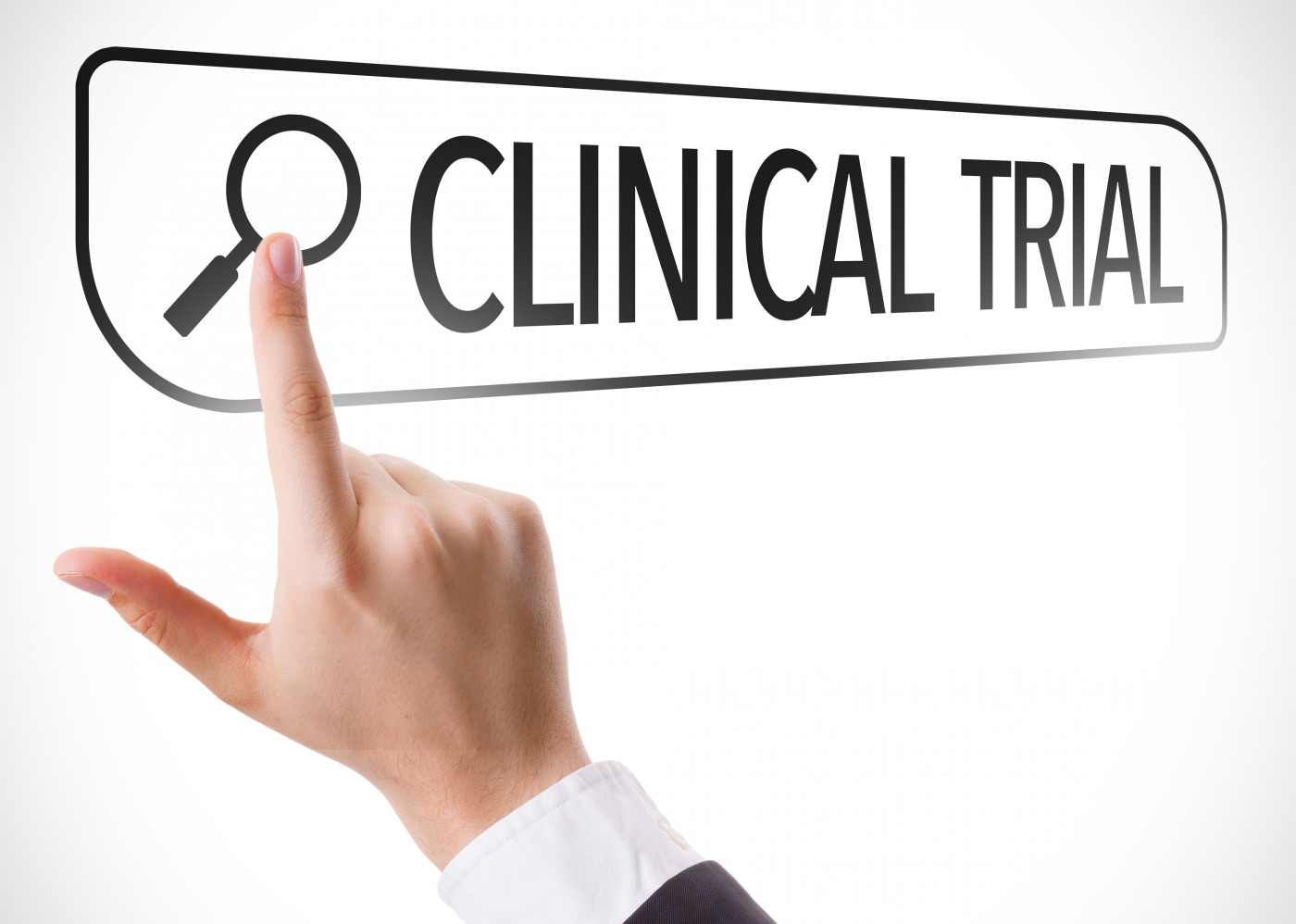SD-101 Cream Lacks Wound Healing Superiority in Phase 3 Trial, Study Reports
Written by |

The topical cream SD-101 failed to improve wound healing in a Phase 3 trial in people with epidermolysis bullosa (EB), a study reports.
The study, “Efficacy and tolerability of the investigational topical cream SD-101 (6% allantoin) in patients with epidermolysis bullosa: a phase 3, randomized, double-blind, vehicle-controlled trial (ESSENCE study)” was published in the Orphanet Journal of Rare Diseases.
SD-101 is a cream developed by Amicus Therapeutics to treat EB. The therapy contains 6% allantoin and was intended to promote wound healing, and reduce blistering and itching.
A previous Phase 2b trial (NCT02014376) tested SD-101 cream in 48 EB patients. Results suggested that the cream may safely speed up wound closure.
The Phase 3 clinical trial ESSENCE (NCT02384460), sponsored by Amicus, enrolled 169 people with EB from 13 countries, including the U.S. They were randomly assigned to receive treatment SD-101 or a vehicle (a similar cream but without allatoin, acting as a placebo), which was applied to the whole body once daily for 90 days.
Fourteen people dropped out of the study, with the most common reason being adverse events (seven participants). A total of 155 participants completed the study, 75 in the SD-101 group and 80 in the vehicle group.
The two groups had similar demographics or clinical characteristics. Their mean age was 13.9 years, with about half of participants being between the ages of 2 and 11.
To be eligible, participants had to have a “target wound” 10–50 cm2 in size, and lasting for at least three weeks before the trial’s start.
Its primary efficacy goals were the time it took for the target wound to close, and the number of participants with complete target wound closure after three months.
Results showed no significant differences between those treated with SD-101 and those given a vehicle cream in either measure.
Likewise, no differences were seen in key secondary goals, such as total body wound burden or assessments of itching and pain.
“SD-101 6% cream for treatment of EB-associated lesions was not more effective than vehicle in shortening the time to complete target wound closure or achieving complete target wound closure within 3 months,” the team wrote.
“The lack of a statistically significant difference in wound closure between SD-101 and vehicle at Month 3 could be due to a higher-than-expected placebo response rate, which increased over time,” the researchers added. “It is possible that one or more components of the vehicle control cream had therapeutic effects.
“The vehicle used in the present study contained lanolin oil and cod liver oil, both of which have been shown to promote skin healing.”
The scientists also said that the daily application of the cream may have helped to foster a better overall skincare routine — again suggesting that a high placebo response may explain the findings.
In general, no differences between SD-101 and the vehicle cream were seen when data specific to certain patient groups were analyzed.
Still, among children ages 2 to 11, the proportion with complete target wound closure was significantly higher with SD-101 after two weeks (19.4% vs. 2.2%) and one month (41.7% vs. 20%). At three months, this difference was no longer significant although a trend favoring SD-101 was seen.
“These observations suggest that SD-101 6% may promote faster wound closure compared with vehicle in patients aged 2 to [11],” the researchers wrote.
In addition, among participants with the most severe disease — as measured by a body surface area index of total body wound burden representing at least 5% — treatment with SD-101 also resulted in a trend toward faster wound closure.
The therapy was generally well-tolerated, with a similar safety profile to that of the control group. The most commonly reported treatment-related adverse event was new or worsening itching, which occurred in six patients in the SD-101 group and five in the vehicle group.
This study was supported by Amicus, which announced when ESSENCE trial results were first reported in 2017 that it had no plans for additional studies or to try for marketing approval.





